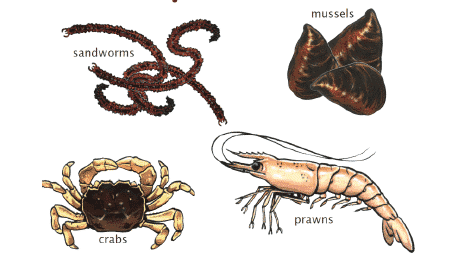Genus Acanthopagrus spp
Description
Black bream are a deep-bodied fish with colouration varying from silvery on the sides through to dark blackish-gold on the back of the fish. The underside of the fish is white. The mouth is reasonably small with very strong crushing teeth. The fins contain sharp spines which pose a danger if the fish is not handled carefully upon capture.
Distribution
Bream are an estuarine species and are found in all creeks and rivers that flow into Port Phillip and Western Port Bays, and surrounding coastal areas. Bream can be found in all sections of an estuary from the mouth to as far upstream as there is tidal influence. Bream congregate around snags (rocky areas, dead trees) and structures such as wharfs, piers and bridges.
Size
The average size of black bream encountered by anglers is from 400 to 800 g. Bigger bream of a kilogram or more are caught less frequently. The maximum size of fish caught in the Port Phillip area is around 1.8 kg, but captures of this size are rare.
Fishing techniques and tackle
Bream are best fished for with light tackle. A longer rod (2.4 -2.7metres) with a matching reel and 2-3 kg line would be ideal. Heavier line may need to be used if fishing in snaggy areas. A suitable rig consists of a light running ball sinker (enough only to hold bottom) above a 40 cm leader with a size 2-6 baitholder hook. A prime time to fish for bream would be two hours either side of high tide particularly if this occurs early morning or the evening. Bream also feed after dark and good catches can be taken into the night. Bream are also caught on small hard-bodied lures and soft plastics.


Baits
Bream show a preference for fresh live bait. Baits that can be gathered (or bought in some tackle outlets) include sand worms and other species of marine worms, bass yabbies, shrimp and small crabs. (Note: Various regulations apply to the gathering of bait and these should be consulted). At times baits such as freshly shelled mussel and prawn will also tempt bream.

Locations
In the Port Phillip area popular locations include the Maribyrnong and Yarra Rivers, Werribee River and Patterson River. Coastal rivers worth trying include the Powlett River, Barwon River and Anglesea River.
Sustainable fishing techniques
- Hook damage is the most significant cause of fish dying after being released. Deep-hooked (gills, gut) fish are far less likely to survive.
- Fish with a tight line so that fish are less likely to swallow the hook.
- Increase the size of your hooks to prevent small fish swallowing them.
- Avoid suspending fish on the hook.
- Fish hooked in the mouth or lip have the best chance of survival.
- Remove the hook with long nosed pliers.
- If you can’t see the whole hook protruding from the mouth of the fish don’t try and remove it.
- Cut the line and release the fish.
- Wet your hands before handling the fish.
- Avoid touching the gills and eyes.
- Return the fish as quickly as possible.



